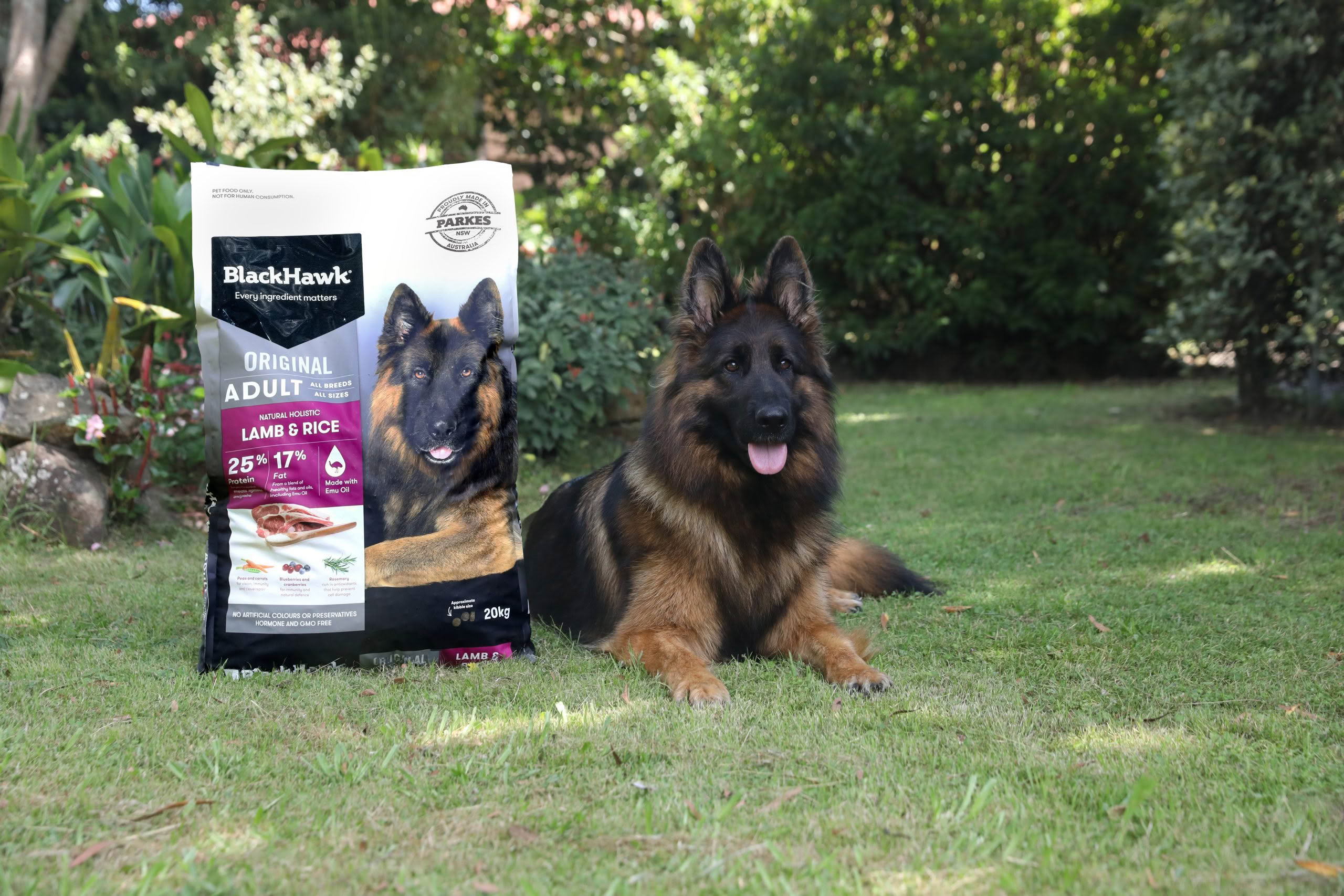It’s not just food
Dr Lee Danks’ passion for pet nutrition and welfare is palpable. Thanks to Farmlands, we got to talk to him – as a veterinarian working in pet food research and development – about the importance of what we put in their bowls and how to hunt out the best foods.

Why is pet nutrition so important?
Let’s be real: your pet is completely reliant on you to make the right decisions on their behalf. The pressure is on to know what they need to survive and when it comes to food, it’s about achieving nutritional balance.
Above and beyond that, we need to respond to their individual and often changing needs. For example, we wouldn’t expect to feed a four-week-old Jack Russell the same as a working Huntaway, nor a 16-year-old lap dog. Much like humans, our dogs are on a sliding scale of nutritional needs.
How has pet nutrition changed?
The first commercially produced pet food was made in the 1860s, and we’ve certainly come a long way since then.
With dedicated research and understanding of pets, the conditions they may suffer from, nutrients needed, ingredients we can use and pet food processing, there have been massive strides forward in how we cater to their needs. The improvements are reflected in the healthy lifestyles they lead, and the extended life expectancy we’ve achieved together. It’s no accident that pets are living longer than ever before.
With knowledge and change comes differentiation and choice. The simple ‘dogs eat dog food’ approach has extended to include many options, well outside of a one-size-fits-all policy. We realise that food influences our physiology and specific blends and functional foods can and do make a difference.
What should I look for when buying
pet food?
The supermarket shelves and online retailers are bursting with options which can be daunting on one hand, but a reminder that we can be more demanding of pet food brands competing for our custom. We can be more critical consumers.
At Black Hawk, we have an ingredient-led philosophy where our consumers can see what goes into each product, and ideally identify with it. We welcome those who are critical of their pet’s food as we are too.
We offer lamb, chicken and fish flavours to ensure palatability. We include rice and oats in some products, and grain-free potato or tapioca in others, bringing together the right combinations suited to each pet as an individual. Every ingredient should serve a purpose. You want your pet food to naturally nourish your pets from the inside out.
One of my cardinal rules is to simply pay what you can afford, as your pets will benefit in the long run. Consider cost-to-feed-per-day for different options – you might find that the more expensive bag is cheaper in the long run if (like Black Hawk), it’s chock full of nutrients, meaning you’ll be feeding less.
What are the signs that I need to change my pet’s food?
Digestibility
Does it feel like there’s more coming out than is going in? This is a real sign that what you are feeding your pet is not aligning with their digestive needs.
Palatability
There is no point putting it in their bowl if no one is eating it! It could be the flavour or texture that is the issue. Consider even the size and shape of kibble, temperature of food and how often you’re feeding, not just what food has been chosen.
Coat Decline
When you run your hand through your pet’s coat the hair should be luscious and flowing. If the sheen isn’t there and it’s dry, with flaky skin, it can be an indicator of poor nutrition.
Ingredients
Know what is going into your pet food.If the ingredients don’t stack up, you don’t know what they are, can’t find more info or know that they don’t agree with your pet – reach for another. Black Hawk prioritises ingredients local to our Australian manufacturing plant.
Dr Lee Danks helps develop pet foods for Black Hawk, and is passionate about doing his best as ‘the voice of the animal’ because they are the ones who matter most! farmlands.co.nz

